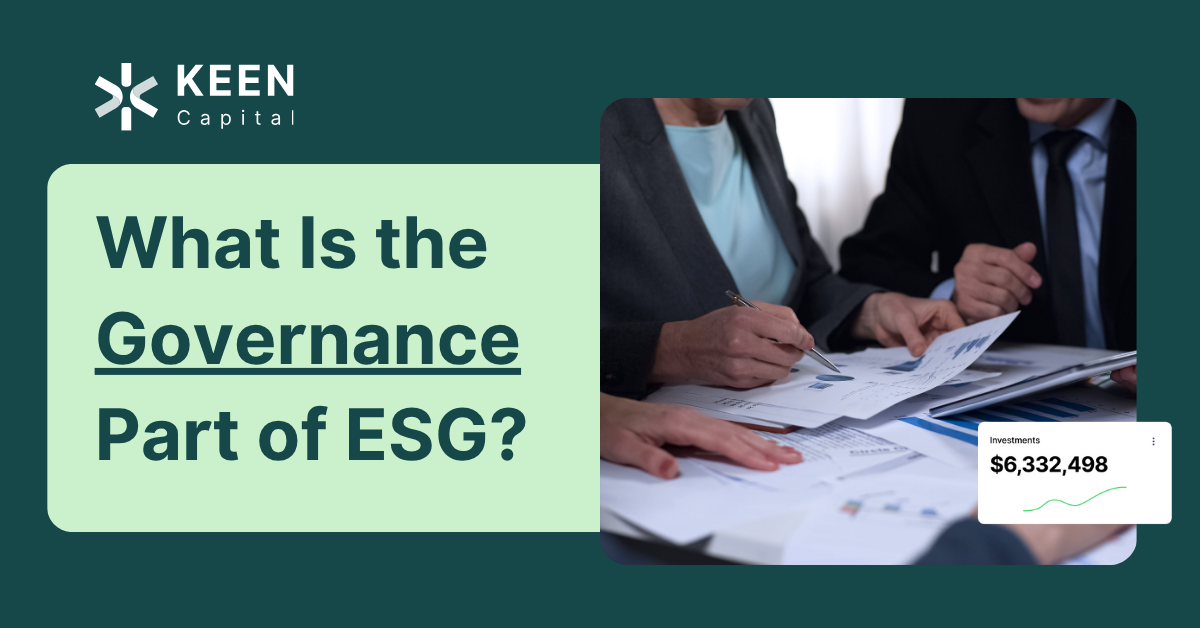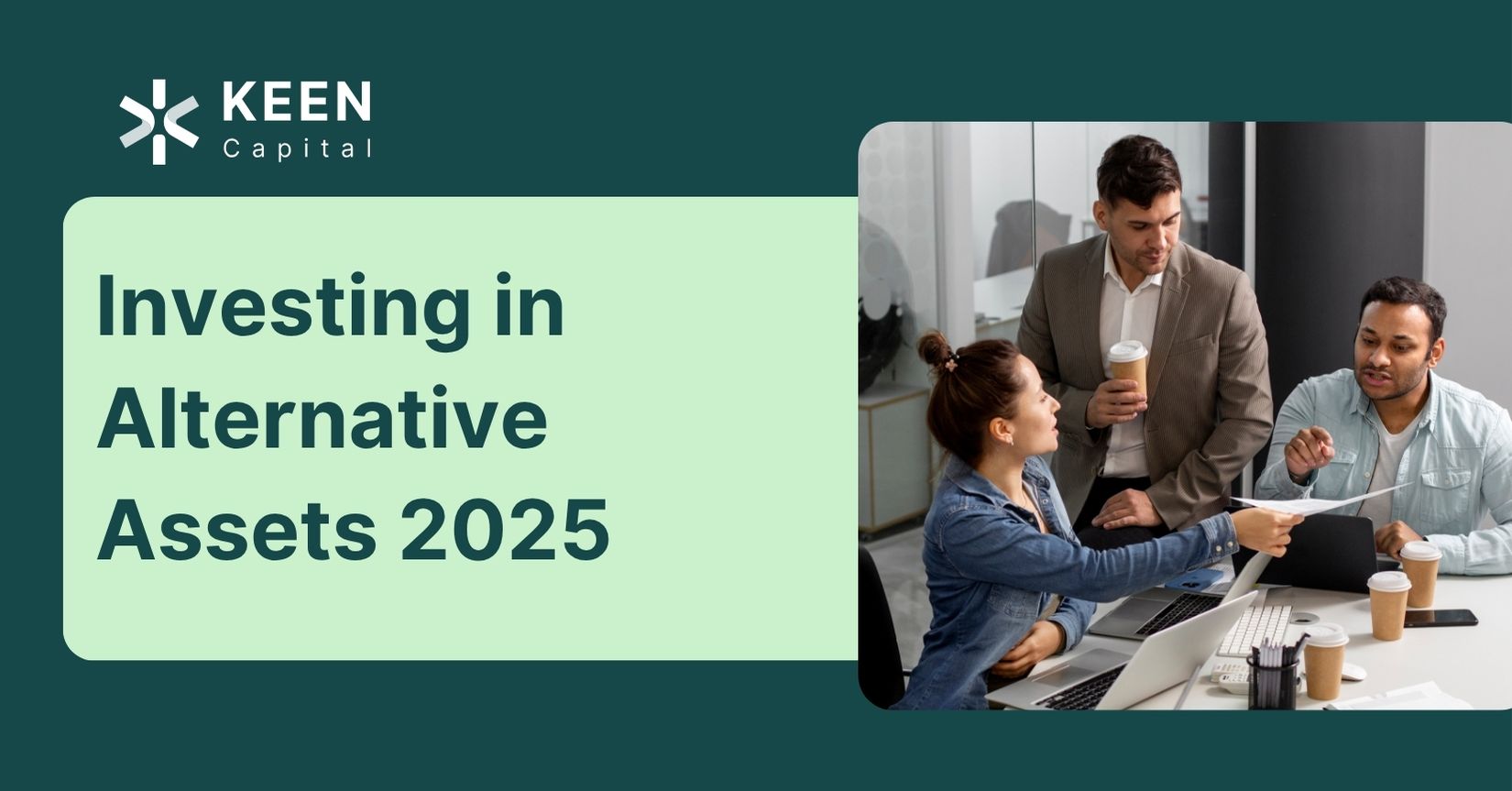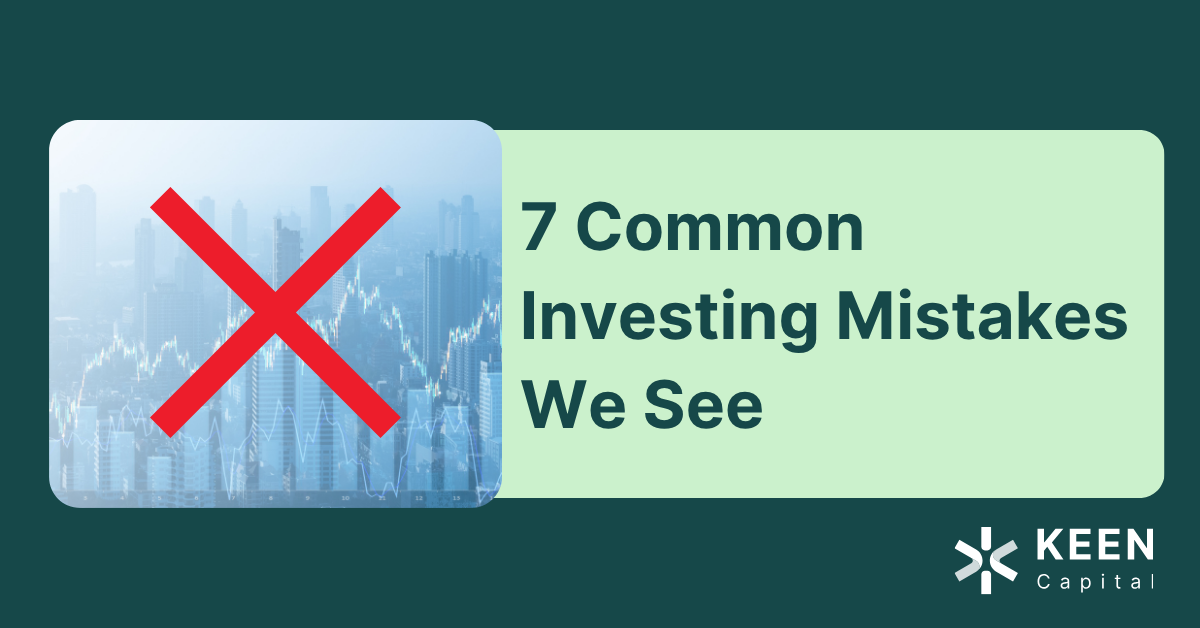You’ve probably heard of ESG, short for Environmental, Social, and Governance.
It’s become a go-to framework for investors who want to build portfolios that align with their values while still growing wealth.
The Environmental and Social parts are usually pretty easy to understand. Think climate risk, clean energy, worker treatment, and community involvement. Those tend to get the spotlight.
But the G – Governance – part of ESG often gets glossed over.
It’s less flashy, less emotional, and a little more behind-the-scenes. Still, it might be the most important part of ESG when it comes to protecting your money and avoiding risk.
If you care about how companies make decisions, manage long-term risks, and protect shareholders like you, this is the part worth digging into.
What Is Governance, Really?
Governance is how a company is run. Not just the daily operations, but the broader system of decision-making, accountability, and leadership oversight.
It covers things like:
- Who sits on the board of directors
- How much power executives have
- Whether shareholders have a real voice
- How the company handles audits and internal controls
- What policies are in place to avoid fraud, conflicts of interest, or ethical lapses
In short, governance is the infrastructure that keeps a business honest, transparent, and focused on long-term value. It’s what protects shareholders from bad behavior and poor decisions.
Good governance keeps companies on track. Poor governance is often the reason things fall apart, and when that happens, investors are usually the ones left holding the bag.
Where You See Governance in Action
Let’s bring it down to earth. Here are a few ways governance shows up in real companies:
Board Composition
Are the directors truly independent, or are they longtime friends and business partners of the CEO? Independent boards are more likely to question decisions, challenge risky moves, and prioritize shareholders.
Executive Pay
Is leadership getting rewarded for long-term performance or short-term stock boosts? If executive bonuses are tied to quarterly stock price jumps, that can lead to risky behavior and bad decisions.
Shareholder Rights
Do investors have a real vote on important matters? Or does the company structure allow insiders to override everyone else? Shareholder rights determine how much influence you actually have as an investor.
Audit and Risk Management
Is the company being reviewed by independent auditors? Are there systems in place to detect fraud or report misconduct? These practices aren’t glamorous, but they can make or break a company when things go wrong.
Transparency
Are company disclosures clear, timely, and detailed? Or is leadership vague and evasive about performance, risk, or business decisions?
These factors may seem technical, but they play a huge role in how much trust you can put in a company. If a company’s governance is weak, it doesn’t matter how impressive their products are. Eventually, the cracks will show.
Why It Matters for Your Portfolio
Here’s the simple version: companies with strong governance tend to do better over time.
They’re more likely to avoid scandals, respond well to crises, and create sustainable value. That means fewer surprises and more consistency for investors.
On the flip side, poor governance introduces hidden risks. It may not show up in a quarterly report, but when a company has no guardrails, it only takes one bad call to derail performance.
We’ve all seen it. The CEO gets caught in a scandal. A board fails to catch massive fraud. Investors get blindsided and lose big.
When you include governance in your investing criteria, you’re not just being thoughtful, you’re being smart. You’re paying attention to the systems behind the scenes that keep everything on track.
How Governance Fits Into ESG Investing
If you’re using ESG as a framework to invest with intention, governance gives you the tools to screen for risk and responsibility.
At KEEN Capital, we don’t treat ESG as a box to check. We use it as a lens to understand what’s really going on inside a company.
A company might score well on the environmental side, but if the board is weak, the leadership is overcompensated, and shareholders have no influence, that’s a red flag. We look at governance to understand the long-term viability of a business, not just its headlines.
We also recognize that not all ESG data is created equal. Some governance metrics are buried in footnotes or hidden behind vague language. That’s why we do our own analysis, ask deeper questions, and look at the full picture before recommending investments.
Bottom Line
The governance part of ESG may not be the most exciting, but it’s often the most protective.
It gives you a window into how a company is run and whether the people in charge are acting in your best interest.
If your portfolio is growing and you’re thinking more seriously about long-term risk, this is a critical area to pay attention to.
You don’t need to become an expert in board structures or compensation packages.
That’s what we’re here for.
At KEEN Capital, we help you invest with clarity, confidence, and care. That means understanding not just what you own, but how it’s being managed behind the scenes.
If you want to take a closer look at governance and how it fits into your investment strategy, let’s talk about it.
We’ll walk you through it simply and help you build a portfolio that reflects your goals and values, without unnecessary risk.
Until next time.



